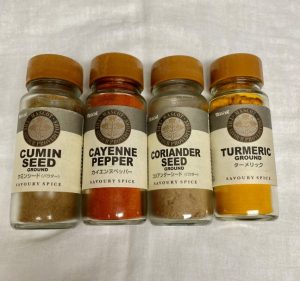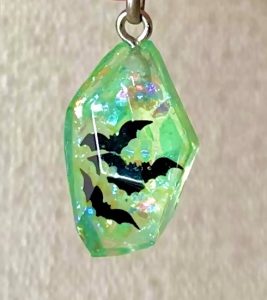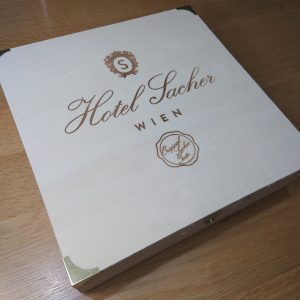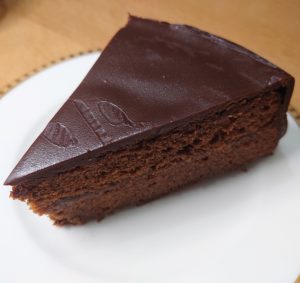#intellectual propertyIs knowledge of intellectual property useful for college entrance exams? In the modern society of the 2020 Center Test, there was a question 5 of the 4th question section to select the most appropriate description of the concept and legal system related to modern information and communication technology from four options. It was something like this:
“③ In Japan, there is no court specializing in cases related to intellectual property.”
Since Japan has the Intellectual Property High Court (established in 2005), this option is incorrect.
In a high school “information” textbook, in the section “Law in the Information Society” in the chapter “Society Supported by Information Systems”, industrial property rights (patent rights, utility model rights, design rights, and trademark rights) and an overview of copyright are given. “Information” is not an examination subject at present, but in March this year, it was announced that “Information” will be added to the subjects of the Center Test in 2025 and onwards.
https://www3.nhk.or.jp/news/html/20210324/k10012933181000.html (Japanese Only)
This may increase the interest of general high school students in intellectual property rights to some extent. However, in the “Information” sample questions presented by the National Center for University Entrance Examinations, basic communication knowledge, programming, and statistical processing questions are selected. In common tests, where the ability to think is more important than memorizing knowledge, it seems that the possibility of intellectual property rights knowledge questions being selected is basically low. However, if public interest in intellectual property increases depending on national policies, the tendency to ask questions may also be affected. (Conan)



